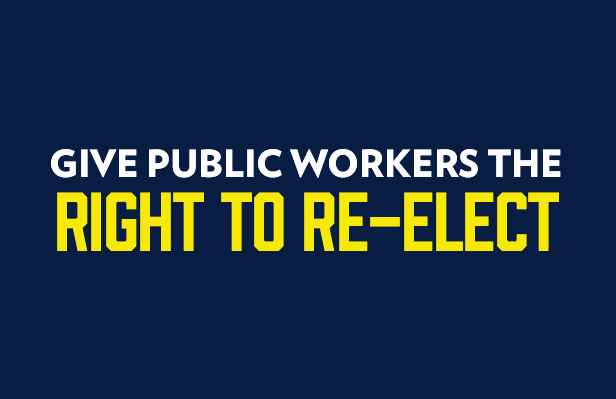Fact Sheet

Bringing Democracy to Pennsylvania Labor Unions
In the public's eyes, labor unions have traditionally been the voice of working people. However, a closer look at how unions run their own organization reveals a stunning lack of accountability by union leadership toward union members. For example, in Pennsylvania, fewer than 1 percent of public school teachers voted for the union representing them. In nearly every case, the original election authorizing a particular union, usually the Pennsylvania State Education Association or the American Federation of Teachers-Pennsylvania, took place some 40 years ago. The case is similar for workers in other government jobs.
Not only are government unions entrenched, but so are their leaders. Political scientist Daniel DiSalvo has noted many top government union presidents spend years or even decades in office before any change in leadership. Gerald McEntee was president of the American Federation of State, County and Municipal Employees from 1981 to 2012. Former Service Employees International Union head Andy Stern was in office for 14 years until 2010. Albert Shanker headed the powerful American Federation of Teachers for an astonishing 23 years, from 1974 until 1997, the year he died.
Undemocratic government unions have an impact on workers, but society also has a stake in ensuring they are run effectively. Something as seemingly mundane as salary raises or larger pensions, DiSalvo notes, is basically advocacy for higher government spending in one area over another: “In short, whether they work bottom-up, through collective bargaining, or top-down, through lobbying and electioneering, public-employee unions seek to fundamentally alter government policy.
In the last 30 years, Pennsylvania’s overall union membership has fallen by half, to 12.7 percent of all workers. Among government employees, however, it has risen slightly from 49.3 to 52.7 percent.
With union membership strong in the public sector, it is imperative that government workers be able to regularly choose the type of union they want, or if they want a union at all. In addition, individual workers who don’t want union representation should be allowed to negotiate their own compensation and working conditions. This would eliminate the “free rider” objection union leaders raise when discussing workers’ right to abstain from joining a union.
Reforming both state public sector law and common practice in these ways would ensure all government workers are fairly represented.